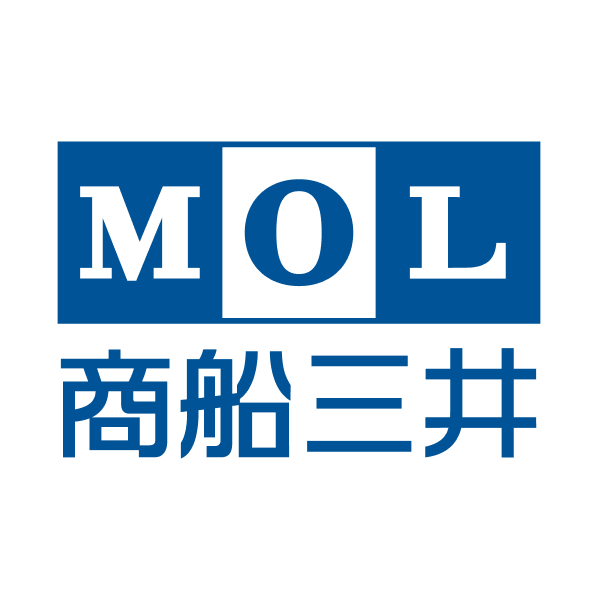
Japan Transcity Corp
TSE:9310

Profitability Summary
Japan Transcity Corp's profitability score is 46/100. We take all the information about a company's profitability (such as its margins, capital efficiency, free cash flow generating ability, and more) and consolidate it into one single number - the profitability score. The higher the profitability score, the more profitable the company is.

Score
We take all the information about a company's profitability (such as its margins, capital efficiency, free cash flow generating ability, and more) and consolidate it into one single number - the profitability score. The higher the profitability score, the more profitable the company is.
We take all the information about a company's profitability (such as its margins, capital efficiency, free cash flow generating ability, and more) and consolidate it into one single number - the profitability score. The higher the profitability score, the more profitable the company is.

Score

Score
Margins
Profit margins represent what percentage of sales has turned into profits. Simply put, the percentage figure indicates how many cents of profit the company has generated for each dollar of sale.
Profit margins help investors assess if a company's management is generating enough profit from its sales and whether operating costs and overhead costs are being contained.
Earnings Waterfall
Japan Transcity Corp

|
Revenue
|
123.6B
JPY
|
|
Cost of Revenue
|
-108.9B
JPY
|
|
Gross Profit
|
14.8B
JPY
|
|
Operating Expenses
|
-7.3B
JPY
|
|
Operating Income
|
7.5B
JPY
|
|
Other Expenses
|
-1.9B
JPY
|
|
Net Income
|
5.6B
JPY
|
Margins Comparison
Japan Transcity Corp Competitors

| Country | Company | Market Cap |
Gross Margin |
Operating Margin |
Net Margin |
||
|---|---|---|---|---|---|---|---|
| JP |

|
Japan Transcity Corp
TSE:9310
|
53.7B JPY |
12%
|
6%
|
5%
|
|
| CN |

|
COSCO Shipping Holdings Co Ltd
SSE:601919
|
227.8B CNY |
30%
|
25%
|
21%
|
|
| DE |

|
Hapag Lloyd AG
XETRA:HLAG
|
23.9B EUR |
33%
|
13%
|
12%
|
|
| CH |

|
Kuehne und Nagel International AG
SIX:KNIN
|
22.4B CHF |
35%
|
7%
|
5%
|
|
| DK |

|
AP Moeller - Maersk A/S
CSE:MAERSK B
|
171.8B DKK |
25%
|
11%
|
11%
|
|
| JP |

|
Nippon Yusen KK
TSE:9101
|
2T JPY |
18%
|
8%
|
18%
|
|
| TW |

|
Evergreen Marine Corp Taiwan Ltd
TWSE:2603
|
444.9B TWD |
38%
|
33%
|
30%
|
|
| JP |

|
Mitsui O.S.K. Lines Ltd
TSE:9104
|
1.8T JPY |
17%
|
8%
|
25%
|
|
| KR |
H
|
HMM Co Ltd
KRX:011200
|
16.8T KRW |
34%
|
30%
|
32%
|
|
| HK |

|
Orient Overseas (International) Ltd
HKEX:316
|
70B HKD |
26%
|
25%
|
24%
|
|
| JP |
K
|
Kawasaki Kisen Kaisha Ltd
TSE:9107
|
1.2T JPY |
18%
|
10%
|
30%
|
Return on Capital
Return on capital ratios give a sense of how well a company is using its capital (equity, assets, capital employed, etc.) to generate profits (operating income, net income, etc.). In simple words, these ratios show how much income is generated for each dollar of capital invested.




Return on Capital Comparison
Japan Transcity Corp Competitors

| Country | Company | Market Cap | ROE | ROA | ROCE | ROIC | ||
|---|---|---|---|---|---|---|---|---|
| JP |

|
Japan Transcity Corp
TSE:9310
|
53.7B JPY |
7%
|
3%
|
5%
|
4%
|
|
| CN |

|
COSCO Shipping Holdings Co Ltd
SSE:601919
|
227.8B CNY |
23%
|
10%
|
16%
|
23%
|
|
| DE |

|
Hapag Lloyd AG
XETRA:HLAG
|
23.9B EUR |
12%
|
8%
|
10%
|
11%
|
|
| CH |

|
Kuehne und Nagel International AG
SIX:KNIN
|
22.4B CHF |
37%
|
10%
|
30%
|
16%
|
|
| DK |

|
AP Moeller - Maersk A/S
CSE:MAERSK B
|
171.8B DKK |
11%
|
7%
|
8%
|
7%
|
|
| JP |

|
Nippon Yusen KK
TSE:9101
|
2T JPY |
17%
|
11%
|
6%
|
5%
|
|
| TW |

|
Evergreen Marine Corp Taiwan Ltd
TWSE:2603
|
444.9B TWD |
27%
|
17%
|
22%
|
22%
|
|
| JP |

|
Mitsui O.S.K. Lines Ltd
TSE:9104
|
1.8T JPY |
18%
|
10%
|
4%
|
3%
|
|
| KR |
H
|
HMM Co Ltd
KRX:011200
|
16.8T KRW |
15%
|
13%
|
13%
|
22%
|
|
| HK |

|
Orient Overseas (International) Ltd
HKEX:316
|
70B HKD |
21%
|
15%
|
19%
|
35%
|
|
| JP |
K
|
Kawasaki Kisen Kaisha Ltd
TSE:9107
|
1.2T JPY |
20%
|
15%
|
5%
|
6%
|
Free Cash Flow
Free cash flow (FCF) is the money a company has left over after paying its operating expenses and capital expenditures. The more free cash flow a company has, the more it can allocate to dividends, paying down debt, and growth opportunities.
If a company has a decreasing free cash flow, that is not necessarily bad if the company is investing in its growth.





















































 You don't have any saved screeners yet
You don't have any saved screeners yet
